Our movie about threespine stickleback
We present to your attention a new movie by Pavel Glazkov and Dmitry Lajus “Wasp Waist” of the White Sea Ecosystem”
A person is arranged in such a way that he pays attention, first of all, to large and beautiful animals, these are usually predators or those animals that he traditionally hunts. This is true for fish as well. From the White Sea fish, first of all, attention is attracted by salmon, whitefish, brown trout, cod, wolffish, flounder, to a lesser extent – navaga, smelt, sculpin. However, these fish, even being fairly numerous in terms of species, make up only a very small proportion of the inhabitants of the sea and do not determine the shape of the ecosystem. A much greater role in the ecosystem is played by small fish, which mainly feed on plankton and serve as food for predatory fish and birds. These are the key species of the ecosystem. There are usually few of them. They connect the upper (predators) and lower (zooplankton) trophic levels of the ecosystem, which are much more numerous than them in terms of species. It turns out a kind of “wasp waist”, through which most of the energy of the ecosystem flows. It is the most important gear in the large and complex mechanism of the ecosystem. Accordingly, the study of wasp waist species gives us much more than other species in terms of understanding how the ecosystem lives and changes.
In the White Sea, the “wasp waist” is formed by the three-spined stickleback and herring. But if herring, being a commercial fish, has been studied for a long time and in detail, we know much less about stickleback, despite the fact that in summer it makes up 90% of all fish in the coastal zone of the White Sea. This, as well as the rapid growth of its population with warming and interesting features of biology, made the three-spined stickleback the hero of this film and our entire project.
The movie contains interviews of experienced and young scientists, as well as students who study the life of this most interesting fish and try to answer important and difficult questions of modern biology about how marine ecosystems respond to global changes caused by humans. We hope that the work will be interesting not only for marine biologists, but for all naturalists. It is done in Russian but it has English subtitles as well.
The movie was created with the support of our project. Filming was carried out in the vicinity of the ERS “Belomorskaia” St. Petersburg State University (Kandalaksha Bay, White Sea, Republic of Karelia) in the summer of 2019. The duration of the film is 22 minutes.
We express our gratitude to the entire film crew for their hard work and contribution to the dissemination of biological and environmental knowledge. We are also grateful to the administration of the ERS “Belomorskaia” for their help in filming.
Stickleback Day-2022: Day Two
On February 26-27, the IX international seminar “Stickleback Day-2022” took place! We publish the topics of the reports of the second day.
🐟Elena Rybkina (ZIN RAS): Interannual and spatial variability in the composition of juvenile stickleback parasites in the White Sea
🐟Pavel Golovin (Saint Petersburg University (SPBU)): Features of the distribution of metacercariae Cryptocotyle spp. in juveniles and adults of threespine stickleback in coastal biotopes of the White Sea in summer
🐟Tatiana Ivanova (SPBU): Review of available data on juveniles of the White Sea threespine stickleback
🐟Alexey Rolskiy (PINRO, Murmansk): Determination of sex in juvenile threespine stickleback by methods of molecular genetic analysis
🐟Tatiana Ivanova (SPBU): Larval-plankton surveys
🐟Dmitry Lajus (SPBU): Counting herring eggs in the spawning grounds of Chupa Bay
🐟Mikhail Ivanov (SPBU): Plans for expedition work in winter and summer, in the Baltic and the White Sea (discussion and plans correction)
Stickleback Day-2022: Day One
On February 26-27, the IX international seminar “Stickleback Day-2022” was held, which was conducted on the Zoom platform. Researchers from different countries and cities came together again to discuss scientific work on the fish of the White, Barents and Baltic Seas, new research methods, achievements and plans for the future. We publish the topics of the reports of the first day.
🐟 Pavel Mikheev (Perm State University): Microchemistry of otoliths
🐟 Nikolay Bardukov (the A.N. Severtsov Institute of Ecology and Evolution RAS, Moscow): Phylogeography of the threespine stickleback – results and prospects
🐟 Tatiana Ivanova (Saint Petersburg University): Coastal and pelagic monitoring of the threespine stickleback in the summer period
🐟 Charlie Guffens (Haute Ecole Charlemagn, Belgium): Analysis of the fish growth using reverse charge
🐟 Ekateria Nadochii (SPBU): Analysis of the stickleback color
🐟 Anna Podlevskikh (SPBU): Threespine stickleback cannibalism
🐟 Evgeny Genelt-Yanovskiy (ZIN RAS): Video observations BRUV (baited-remote underwater video)
🐟 Daniil Tashbaev (SPBU): Migration and distribution of stickleback in Yushkovka Bay (White Sea)
🐟 Sabrina Sadiekh (University of Petrozavodsk): Using neural networks to analyze video materials and process results
🐟 Tatiana Ivanova (SPBU): Current state of monitoring coastal fish communities
🐟 Danila Melentiev (SPBU): Feeding of the European sculpin in the White Sea
Best wishes to Ksenia on her birthday
Today we celebrate the birthday of our Master’s student, Instagram administrator and a longtime research group member – Ksenia Smirnova!
She regularly takes part in scientific seminars and field works both in the White and Baltic Seas, and continue to develop her skills in art and illustration in her leisure time. So, firstly, we wish Ksenia to successfully finish Master’s paper and get a degree, and, secondly, to go towards new horizons in art and enjoy experimenting!
White Sea Stickleback team
Happy birthday to our leader!
Today our project leader Dmity Lajus celebrates his birthday!
We are all glad to be in the team with such a wise, broad-minded and experienced person, who always inspires us, helps to choose the right way in self-development, and give precious scientific recommendations! We wish Dmitry to achieve even more in science, to keep his chin up and stay cool as a cucumber in any extraordinary situation!
White Sea Stickleback team
Happy birthday, Ekaterina!
Today, our wonderful colleague Ekaterina Nadtochiy is celebrating her birthday!
She’s not only continuing her research, but helping with management of both our Instagram and website as well!! We are wishing her to celebrate well, because with the amount of work she does while staying positive, she more than deserved it!
White Sea Stickleback team
Tatiana is celebrating her birthday
On 6 October, our colleague Tatiana Ivanova is celebrating her birthday!
She is one of the key participants in the project because of great contribution in writing of scientific papers and in situ experiments. Moreover, she provides a lot of technical support in sampling preparation, fishing and data analysis. We wish Tatiana to enjoy being a researcher and get a lot of fun when working!
White Sea Stickleback team
Students’ summer practice on the White Sea in 2021
Summer is over, we have retirned back from the expeditions and ready to share our memories with all of you! There are many of them.
Four students (Bachelor and Master’s degree) took part in summer field practice on ichthyology, marine and freshwater hydrobiology. The practice lasted approximately three weeks and the ichthyological part included a high variety of topics mostly local fish thus allowing to obtain new practical skills:
– biotope and species diversity
– quantification of population abundance
– processing of fish otoliths
– size and age structure of stickleback populations
– fecundity measuring
– analysis of stomach content of stickleback from different biotopes
– observation of stickleback embryonic development rate and stickleback’s eggs digestion rate
– using various fishing gear such as beach seine and gillnets
– underwater video recording and image processing
…and many more.
Feel the spirit of this fieldwork through the photos in the carousel!
Ph.: D. Lajus
Stay tuned and you will find out many interesting things!
Happy birthday to Evgeny Genelt-Yanovsky!
Happy birthday to Evgeny Genelt-Yanovsky!
He takes an active part during the field works in the Gulf of Finland and in the White Sea, and also supervises underwater video research in order to study the number of threespine stickleback and coastal fish species, as well as the behavior of stickleback males on nests. We wish him to make a new scientific breakthrough, much more discoveries, success in environmental education activities as well as wellness!
White Sea Stickleback team
Spring expedition for herring
This spring we managed to work in the area of Chupa Bay in the White Sea. We can say that here, in the Kandalaksha Bay, spring, perhaps, begins with herring spawning. The Pacific herring mainly lives here, its special form is Yegoryevskaya. This is a unique population – of all herring, it is the most cold-resistant. It usually begins to spawn at freezing temperatures under ice, and its eggs develop longer than other populations of Pacific herring – about 30-50 days. These are relatively small fish – about 15-20 cm long. It is interesting that in its genome there are also Atlantic herring’s, which can also spawn in the White Sea, although this happens very rarely – no one has observed it spawning. In the White Sea, herring alongside with stickleback live in open waters and are competitors. Therefore, it is of particular interest to us.
Ph.: D. Lajus
Author: D.Lajus
KIMO-2021
In April this year, we took part in the VI All-Russian Scientific Conference of Young Scientists “Comprehensive Studies of the World Ocean” (KIMO-2021). The event was held both in person and online. We chose to participate online, but it turned out to be just as fun! We listened to many interesting reports of undergraduate and graduate students on marine biology, geology and ocean physics. The participants’ speeches can be viewed in the conference’s Vkontakte group.
Four works from our team were presented:
- Demchuk A.S., Polyakova N.V., Ivanov M.V., Ivanova T.S., Lajus D.L. Comparative analysis of the feeding pattern of three-spined stickleback (Gastersteus aculeatus L.) in pelagic and coastal zones of the Kandalaksha Bay of the White Sea during the summer.
- Zelenskaia A.E., Nadtochiy E.V., Ivanova T.S., Ivanov M.V., Demchuk A.S., Lajus D.L. Annual dynamics of fish feeding in the eelgrass beds (Kandalaksha Bay, White Sea).
- Nadtochii E.V., Saveliev P.D., Panitsina V.A., Demchuk A.S., Ivanov M.V., Ivanova T.S., Genelt-Yanovskiy E.A., Lajus D.L. Underwater interval surveys as a tool for studying abundance and behavior of fish on the example of the water area of Keretsky archipelago of the White Sea.
- Podlevskikh A.L., Demchuk A.S., Ivanov M.V., Ivanova T.S., Lajus D.L. Cannibalism of threespine stickleback (Gastersteus aculeatus L.) during spawning in the Kandalaksha Bay of the White Sea.
Thesis can be found by the link (Russian).




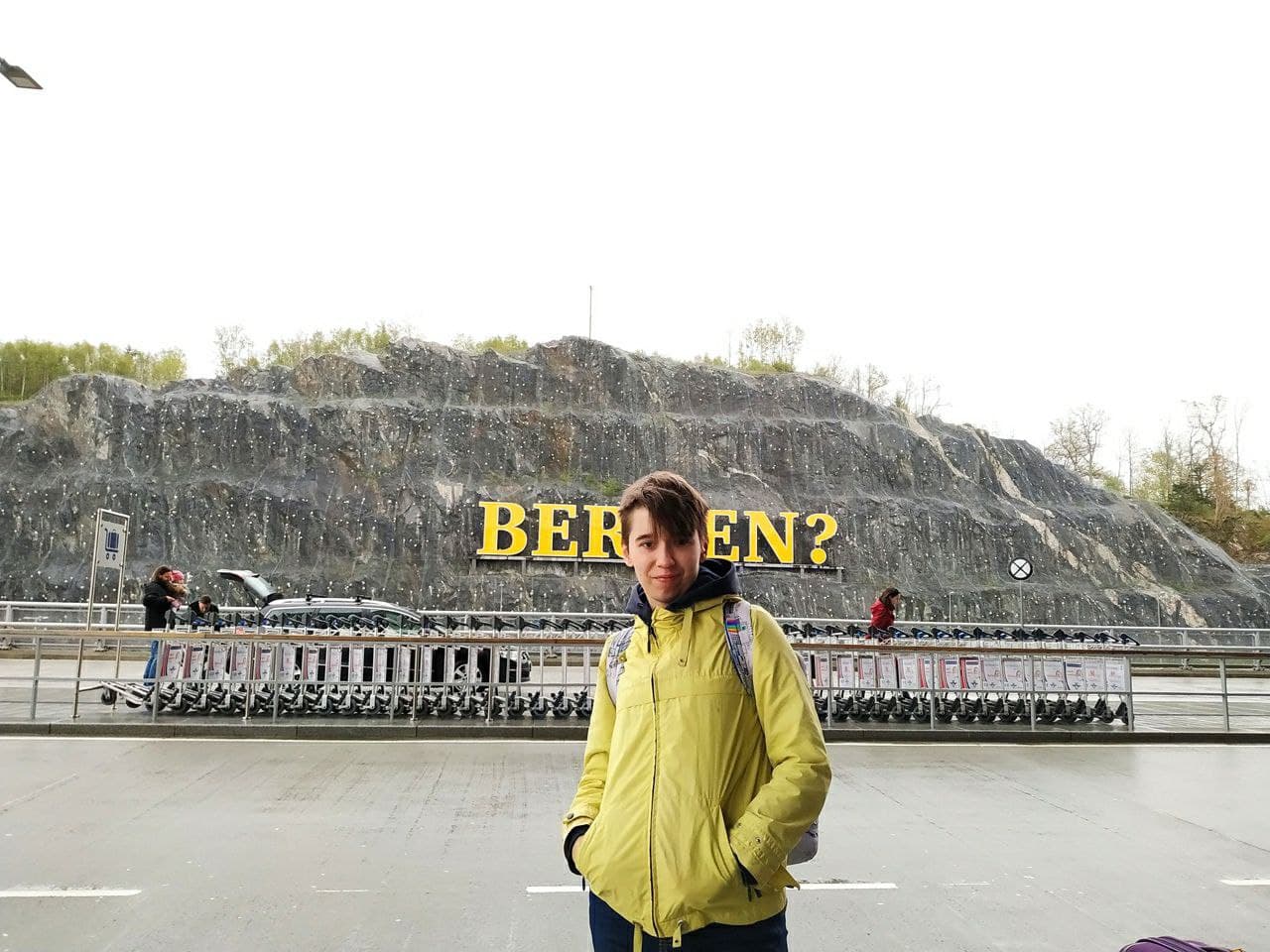
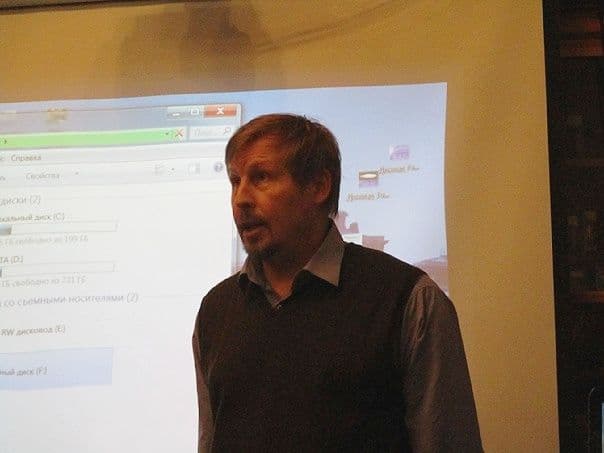
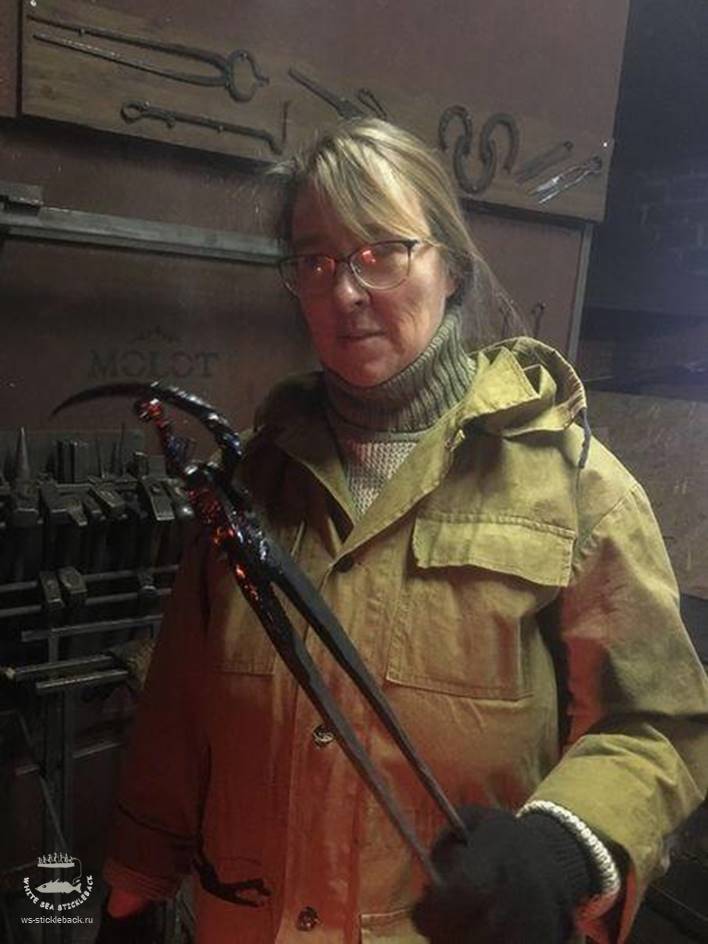
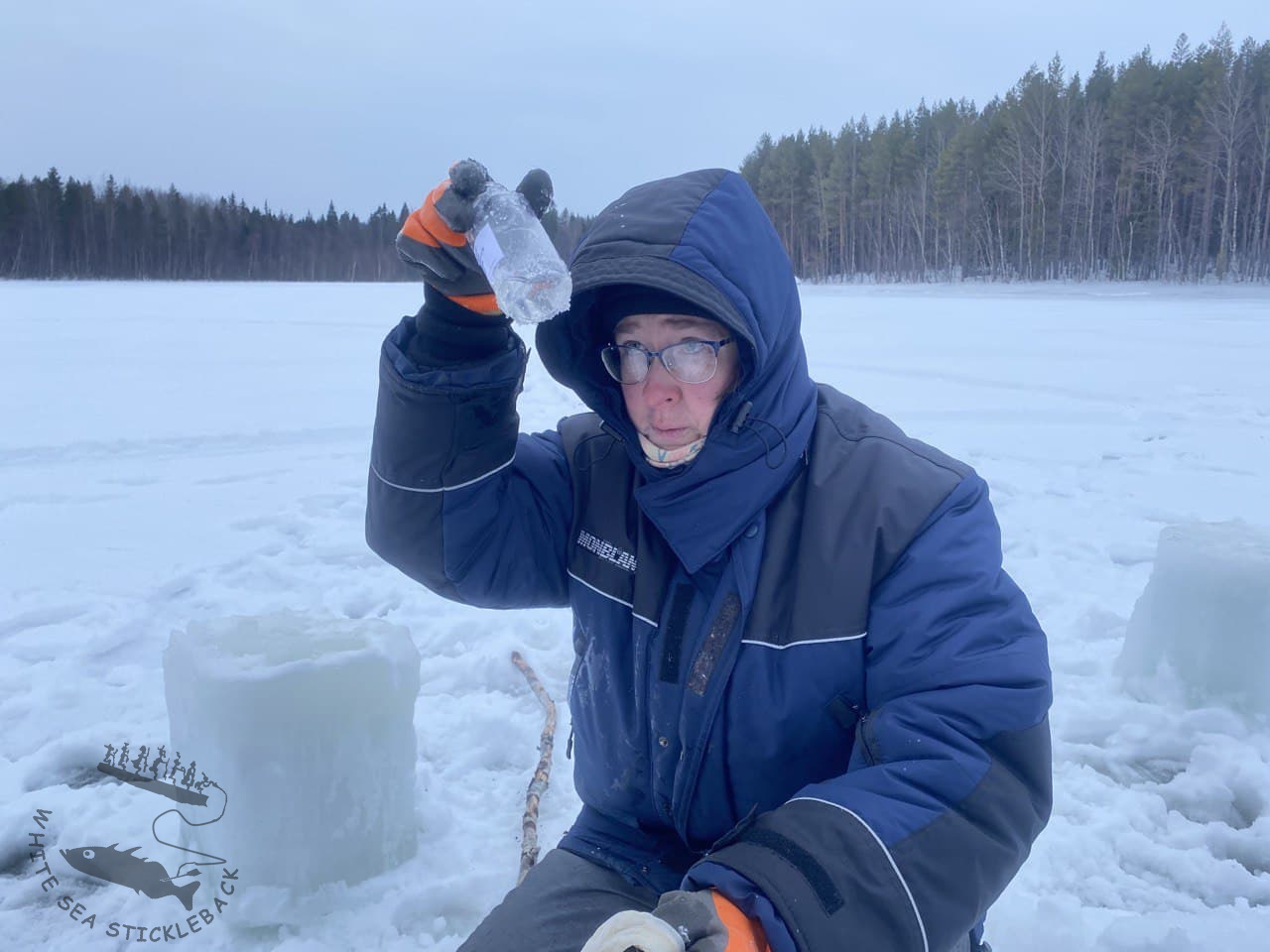

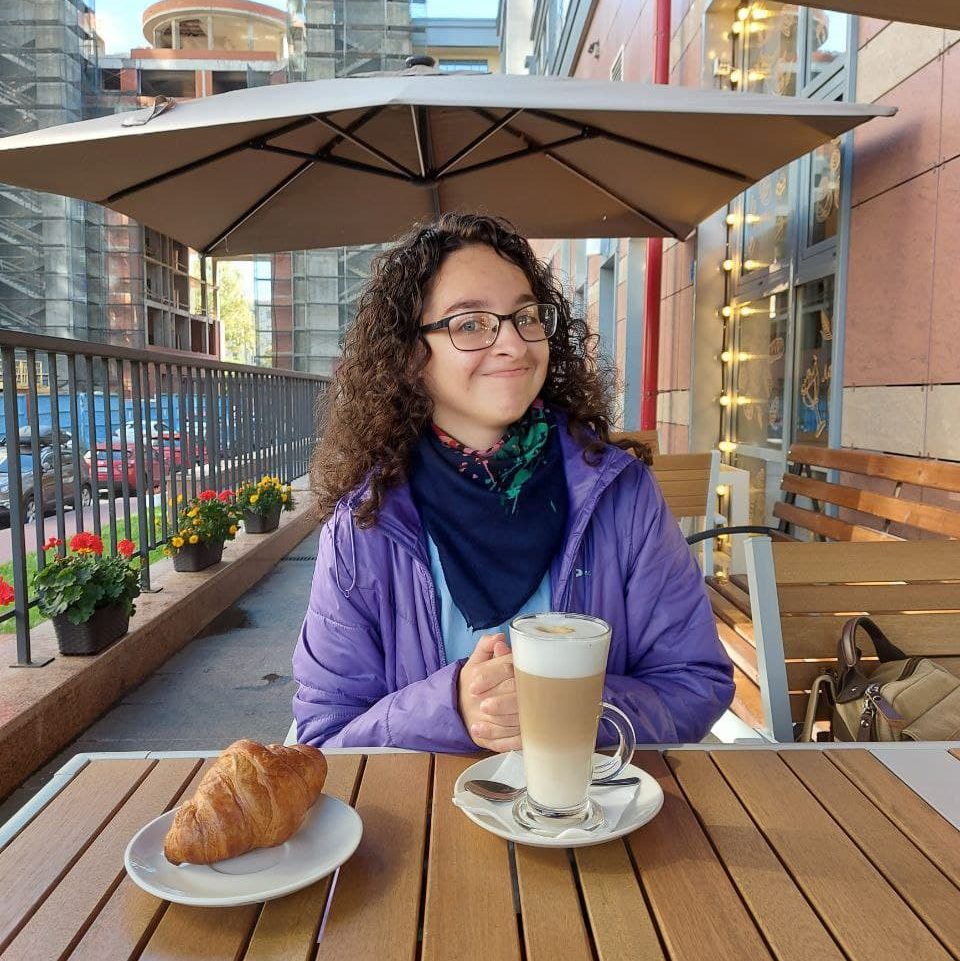
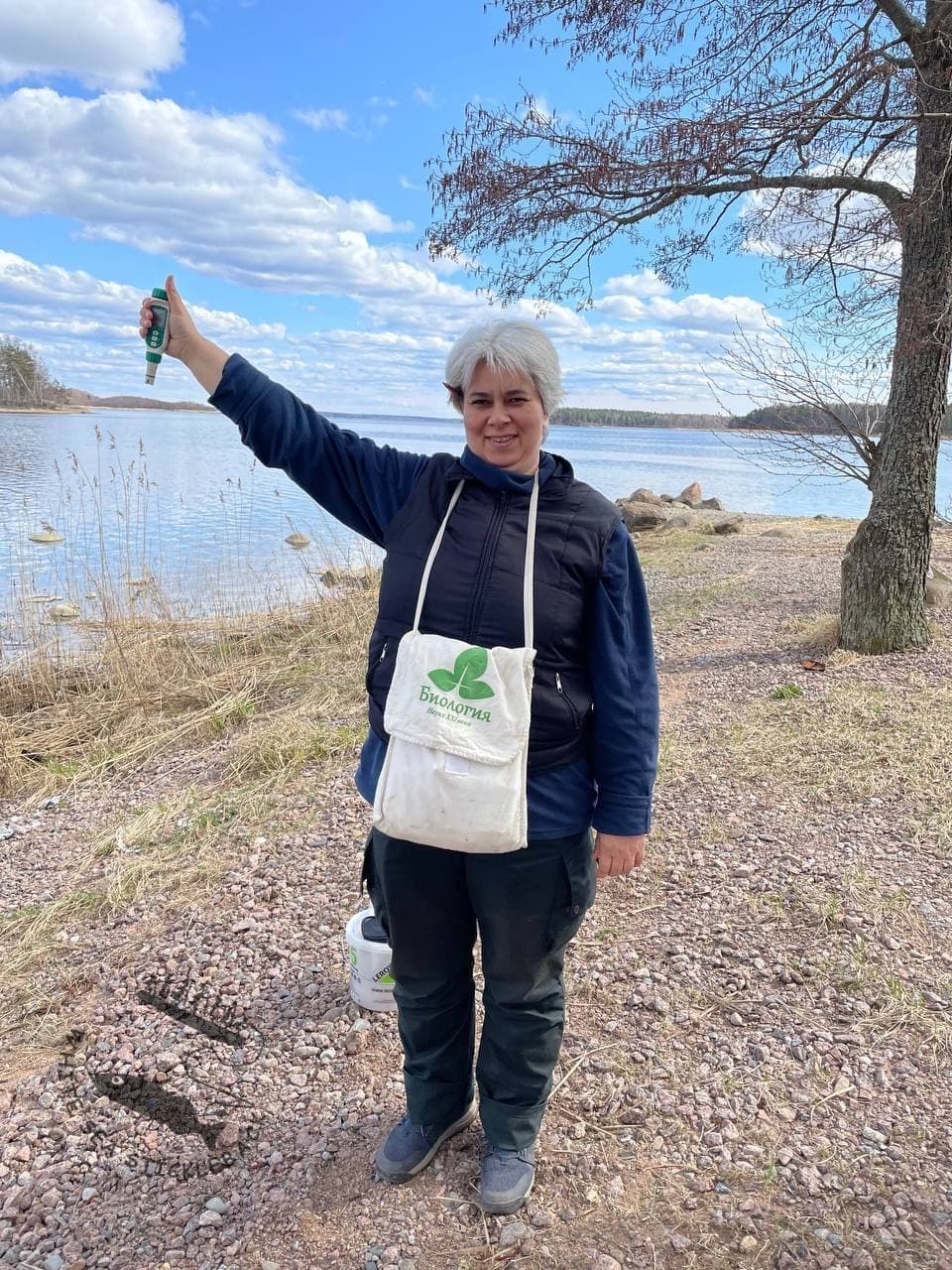





 8 (812) 321-32-79
8 (812) 321-32-79